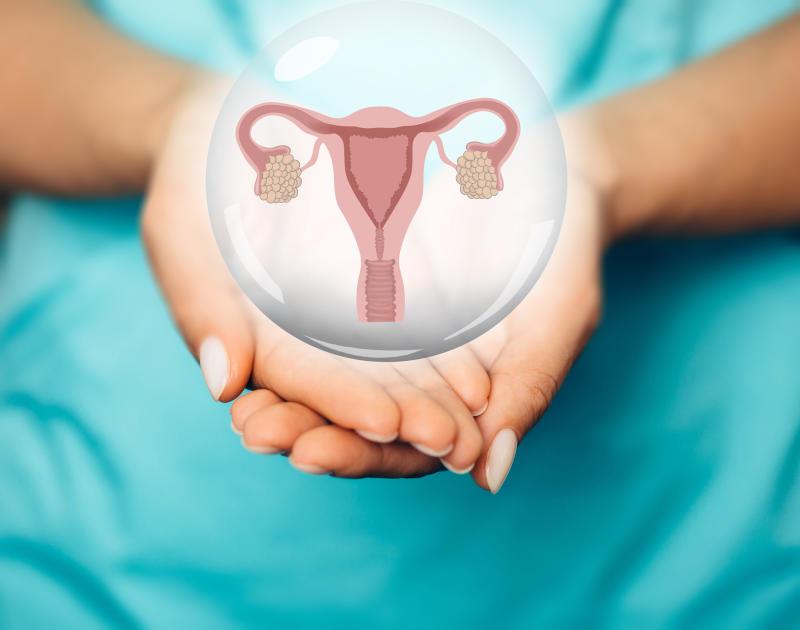×
The Standard e-Paper
Smart Minds Choose Us

When you hear of cancer, grief and despair flood your thoughts, and rightfully so.
Having lost my father to cancer and later watched my mother battle and gallantly win against cancer, I know about this all too well. Cancer eats up healthy body cells, destroys normal body tissues, and compromises your overall health, making it deadly. In fact, it’s the second leading cause of death in the world.